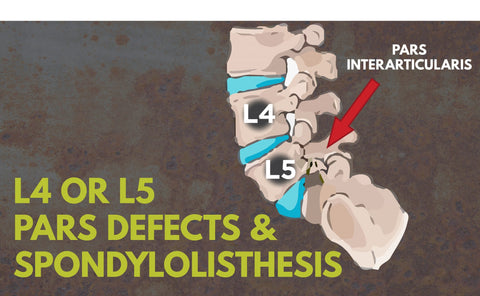9 Exercises for Lumbar and Cervical Spinal Stenosis
Most cases of spinal stenosis can be treated without surgery by modifying your activities, wearing a back brace for the condition for a period of time, taking painkillers or other medications and engaging in exercises.
Indeed, partaking in exercises for spinal stenosis is a component of nearly every treatment plan (surgical and nonsurgical) for a number of reasons, including:
- Spinal stenosis exercises can help you get to or maintain a healthy weight. (Being overweight increases the amount of strain on the back and spine).
- Exercise can increase blood flow to your back, which translates to an increased flow of oxygen and nutrients to this region of the body. This has the added benefit of flushing of toxins from the body.
- Spinal stenosis back exercises and exercise in general strengthens and improves the flexibility of the muscles and connective tissues of the back, core, arms and legs, which can help reduce the amount of strain on the spine.
You should always consult a medical professional before getting started with exercise for spinal stenosis. He or she can evaluate whether you will be physically able to partake in athletic activity as well as what is the best exercise for your specific condition. A professional can also provide advice about spinal stenosis exercises to avoid.
The following touches on some generalities about spinal stenosis and exercise. Keep in mind that not all of these activities will be appropriate for everyone.
Lumbar Spinal Stenosis Exercises
The best exercises for spinal stenosis of the lower back focus on improving range of motion, strength, stability and endurance. Many find lumbar stenosis exercises that can be performed while bent forward to be the most comfortable. One such exercise for lumbar spinal stenosis is biking.
Another important consideration is to choose athletic activities that do not cause the symptoms of spinal stenosis to flare up or worsen. This might involve doing lower impact activities like swimming or water walking, while higher-impact activities like running or sports involving jumping might be exercises to avoid.
In addition, this exercise program should become a part of your routine, meaning it should be one where the weather will not often be a deterrent from working out and the equipment or facility necessary for it should be readily available for use.
Also, in the interests of sticking with exercises for spinal stenosis relief, you should pick an activity (or several) that you enjoy and therefore will see through from week to week. If you dread working out, you are more likely to find excuses to skip exercises for stenosis of the spine treatment.
Exercises for Lumbar Stenosis
In addition to the general benefits of pursuing exercise for back problems, there are also some specific exercises for lumbar spinal stenosis pain. Flexion exercises for spinal stenosis are often the most comfortable for those dealing with the condition. Following are a few simple exercises for spinal stenosis.
-
Knees-to-chest stretch:
Lie on the back. Draw both knees to the chest and hug them, relaxing the spine. Hold this position for 10 seconds and then slowly lower the legs. Do three sets of this throughout the day.
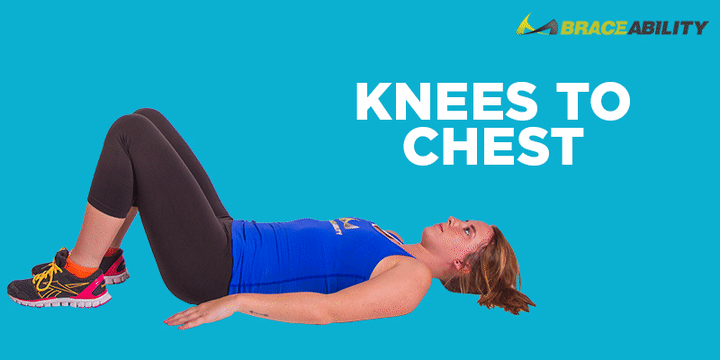
-
Knee rotation:
Lie on the back with knees bent and both feet flat against the floor. Slowly rotate the knees to the left side as far as you can without increasing the symptoms. Then slowly rotate the knees to the right side. Repeat this series for 10 repetitions for three sets.
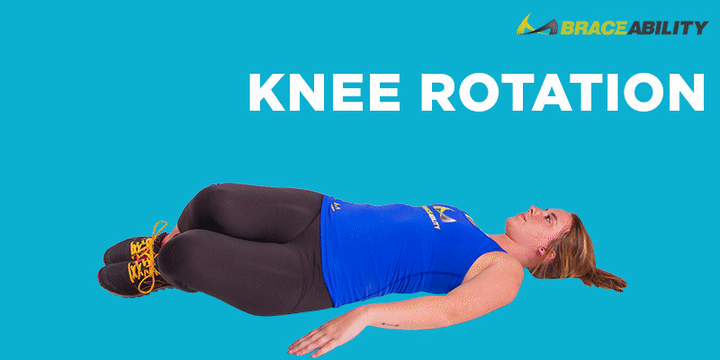
-
Single knee-to-chest stretch:
Lie on the back with the legs extended. Draw the left knee in to the chest and place your hands either just below the knee or at the back of the thigh and use them to draw the knee closer to the chest. Exhale as you switch legs, resting the left leg against the floor and pulling the right knee into the chest. Repeat 10 times for three sets.
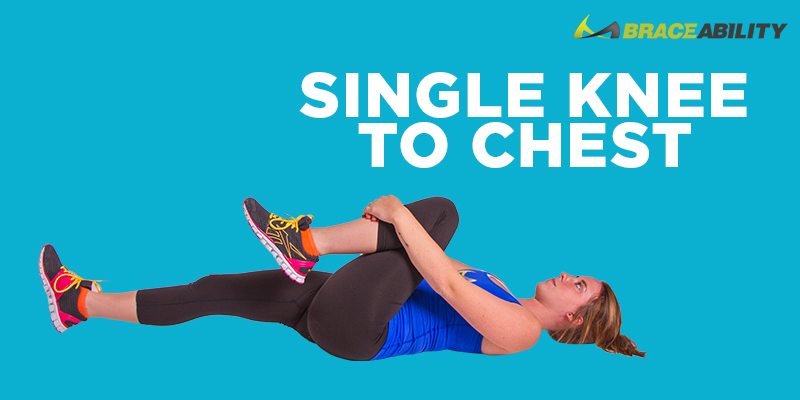
-
Bridge:
Lie on the back with the knees bent and the arms against the body and palms against the floor. Squeeze the buttocks and raise the hips off the ground to bring the torso into a straight diagonal line. Hold this position for 5 seconds then slowly lower your bottom back to the ground. Repeat 10 times for three sets.
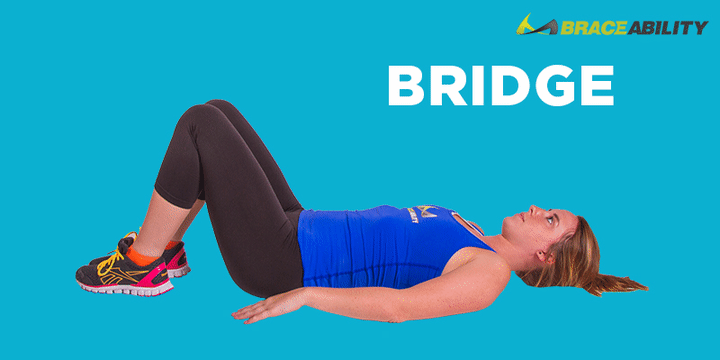
Cervical Spinal Stenosis Exercises
As is the case for lumbar spinal stenosis exercise, exercises for cervical spinal stenosis also work to improve the strength and flexibility of the upper back and neck. These can also help bring the spine into better alignment in instances of a herniated disc, for example. Following are some upper back exercises for spinal stenosis. Again, one should always consult a doctor about what physical therapy exercises for spinal stenosis are appropriate for you.
-
Seated shoulder shrugs:
While seated, draw the shoulder blades together, hold for a second or two, and then lower them back to a normal position. Repeat for 20 repetitions.
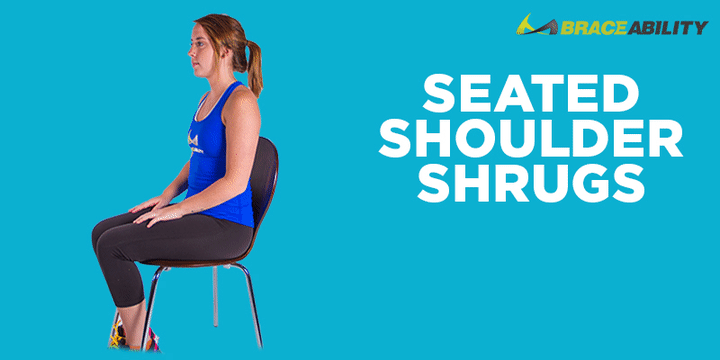
-
Standing shoulder crunches:
Stand facing the corner of a room. Place your hands on the adjacent surfaces of the wall. Drawing the shoulder blades together, lean forward toward the corner, then push away from the wall back into one’s starting posture. Repeat for 10 repetitions for three sets.
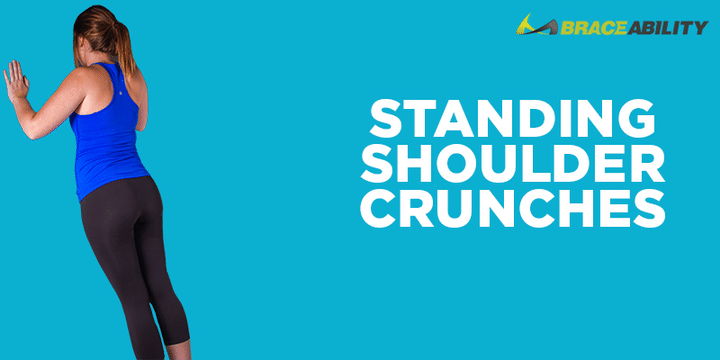
-
Chin tuck:
For the first few times, do this exercise against a wall. Stand with the spine against a wall and the feet about three inches from the wall. Keeping the spine against the wall, slowly pull the upper back and spine back toward the wall, taking care to keep the chin down. Hold this position for five seconds then return to your starting position. Repeat for 10 repetitions in five to seven sets.
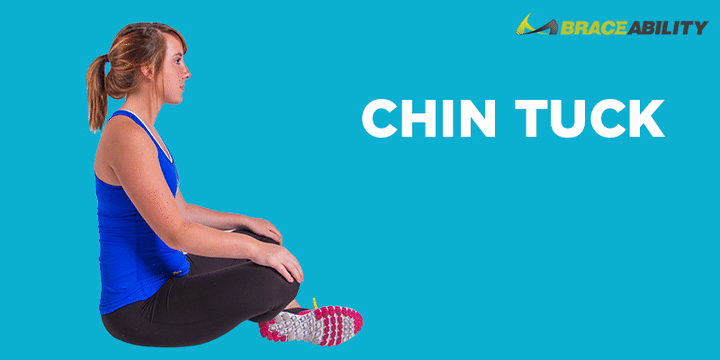
-
Backward shoulder shrugs:
Lift the shoulders up toward the ears and then roll them back, down and back to the starting position. Repeat this rolling motion for 10 repetitions for three sets.
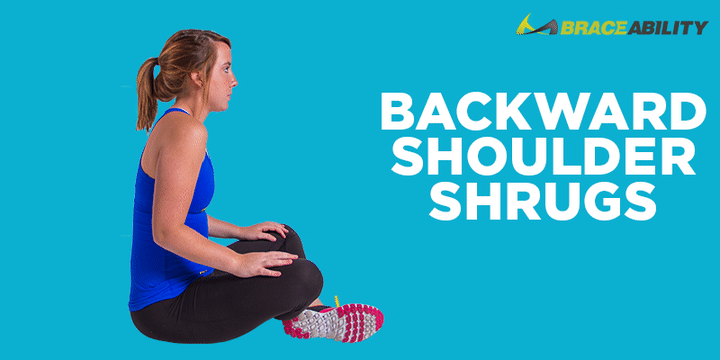
-
Prone cobra:
Lie face down on the ground with the forehead against a towel, the arms against your sides with the palms face down. Touch the tongue to the rough of the mouth and pinch the shoulder blades together as one lifts the hands off the ground. Roll the elbows in, the palms out and the thumbs up. Lift your forehead off the towel, keeping the eyes focused on the floor. Hold this pose for 10 seconds then release. Repeat 10 times.
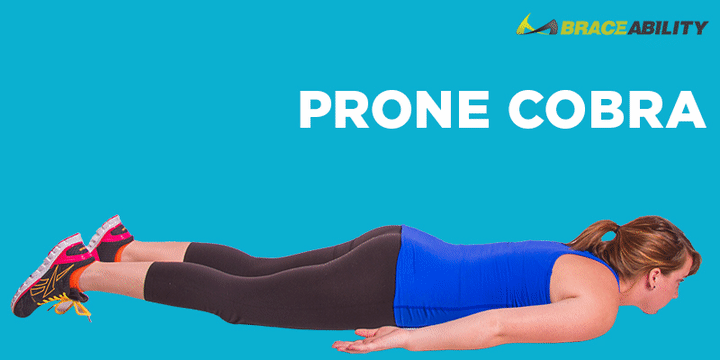
Physical Therapy Exercises: Spinal Stenosis Treatment
These merely scratch the surface when it comes to stenosis of the spine exercises and again, not all of these will be appropriate for everyone. A professional can recommend even more poses, stretches and exercises that are tailored to the patient.
And while the spinal stenosis exercises pictures and instructions listed above can be helpful for bringing relief of symptoms, there are a number of other interventions that a physical therapist can provide for additional treatment that may warrant setting up an appointment.


















